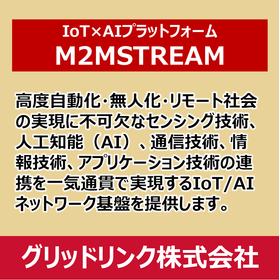Environmental IoT Gas Detection Alarm System (VOC Sensor)
Understanding the actual gas emissions of volatile organic compounds (VOCs) and others.
Continuously measures the gas concentration of VOCs (volatile organic compounds) and other gases. The measurement data can be viewed and managed in real-time on client devices (PCs, smartphones, tablets), allowing for constant monitoring of the air environment in factories, workplaces, research institutes, and laboratories. Notifications can be sent via email or alarm devices (such as rotating lights) when permissible concentration levels are exceeded. *What are VOCs (volatile organic compounds)?* VOCs, short for "Volatile Organic Compounds," refer to a group of organic compounds that easily become gases (vapors) at room temperature and pressure. Examples include toluene, xylene, ethyl acetate, and benzene, which are generated in various products and industrial processes such as paints, adhesives, inks, and cleaning agents. VOCs are known to contribute to air pollution, such as photochemical smog and PM2.5, and have been pointed out as having harmful effects on human health and the environment. ▶ For quotation requests, please contact us [via the web] ◀ ▶ For more details, please [download the catalog] ◀
basic information
【Equipment Configuration】 1. Gas Detector 2. IoT Control Device 3. Router 4. Alarm Device * Please prepare client devices (PC, smartphone, tablet) by the user. * The router (SIM card) is a loaned item. It must be returned after the contract ends.
Price information
We will provide individual estimates. If you would like customization to suit the specific use at the site, please consult with us.
Delivery Time
Model number/Brand name
M2MSTREAM
Applications/Examples of results
In fixed sources of VOCs such as factories, refineries, oil storage facilities, fueling stations, manufacturing processes, and painting, printing, and cleaning processes that use paints and solvents, it becomes possible to take preventive measures before risks materialize by understanding what employees, customers, and nearby residents are exposed to, from the perspective of health risks and process management, and by grasping the actual emissions into the environment.


































